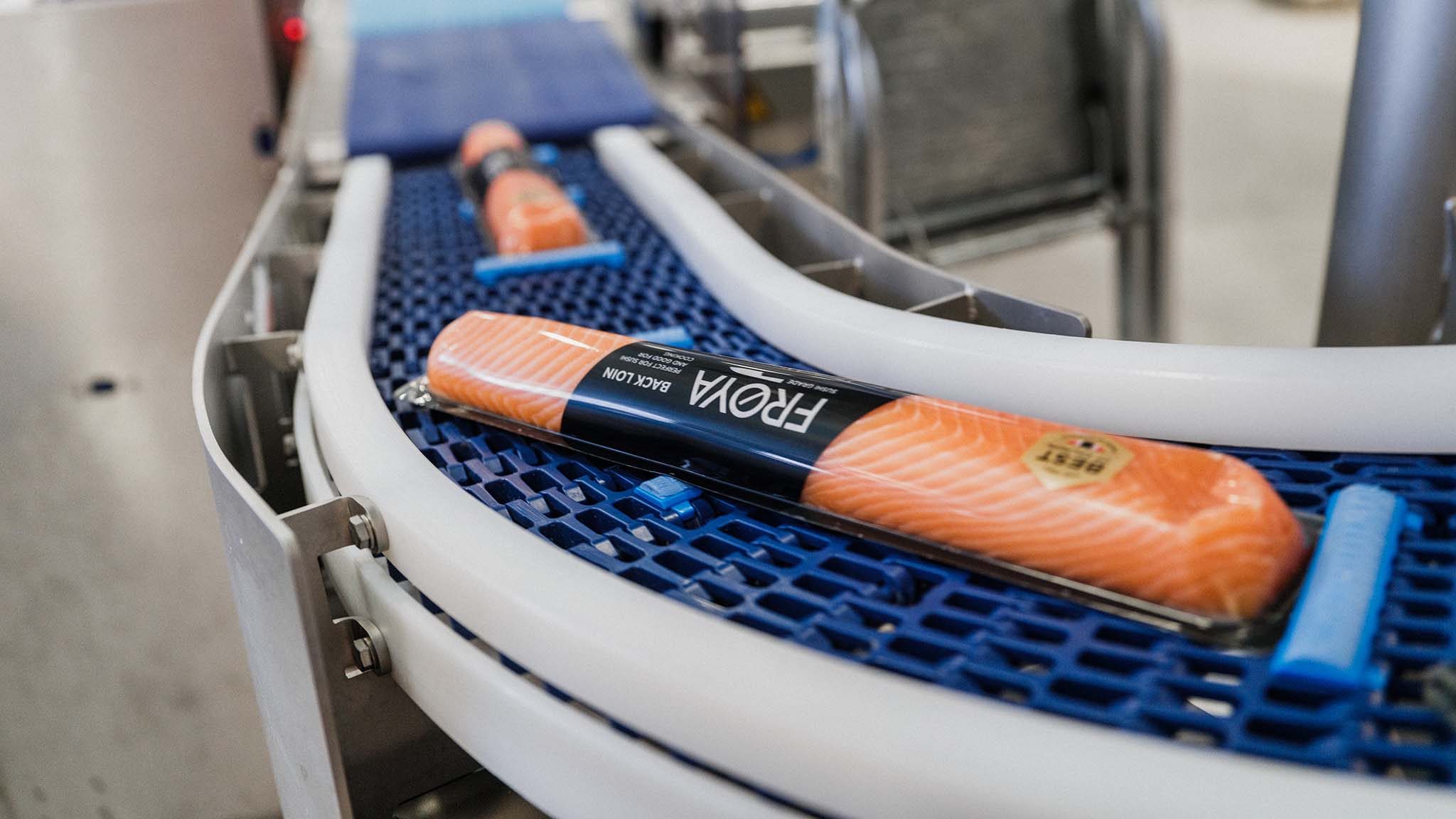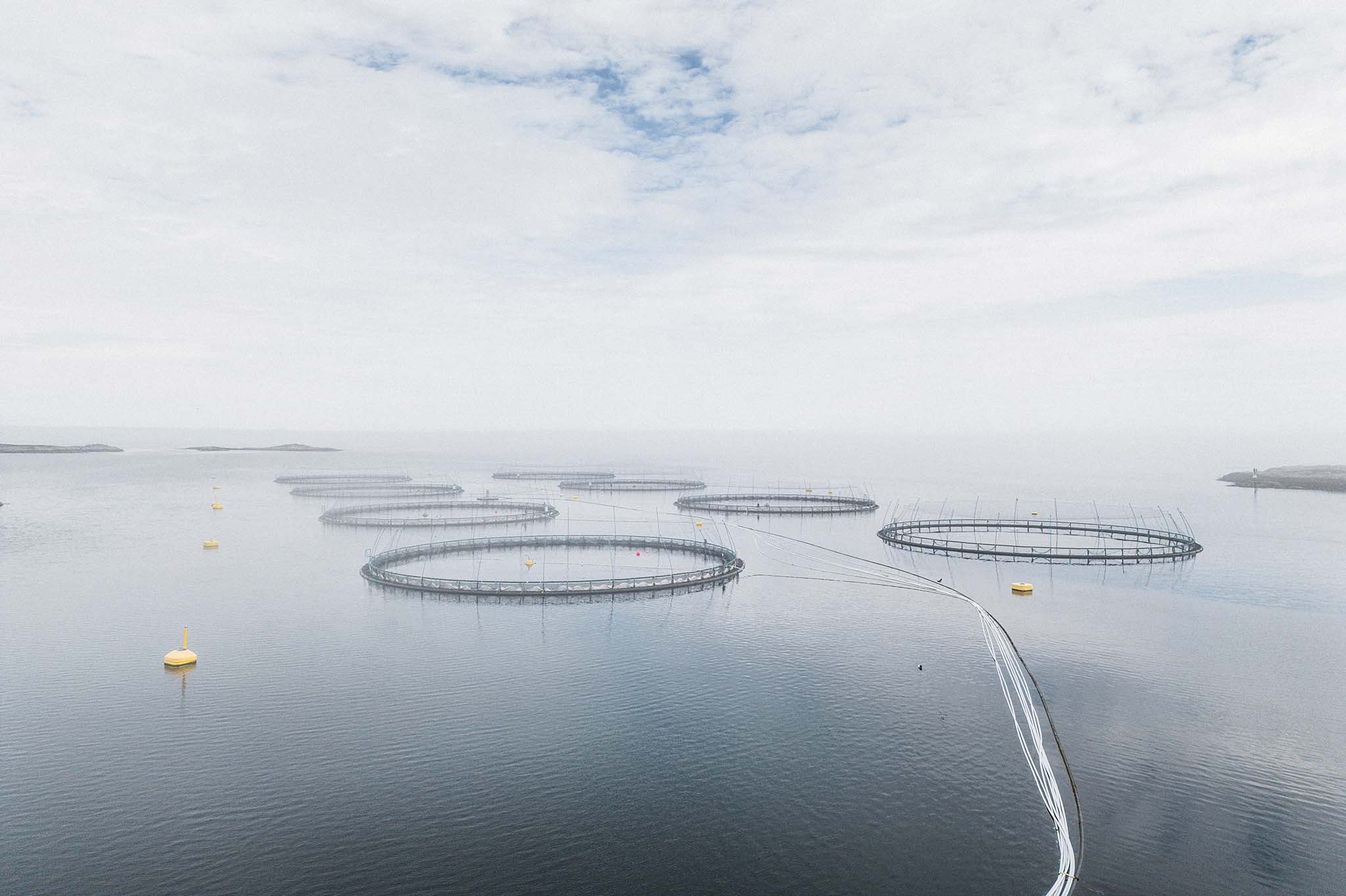
This is Salmon Farming
Myths & Facts
Broodstock
The broodstock are the parent fish which provide the eggs and sperm (milt) required to produce new generations. The fertilised eggs take 60 days to hatch when placed in an incubator kept at eight degrees Celsius.
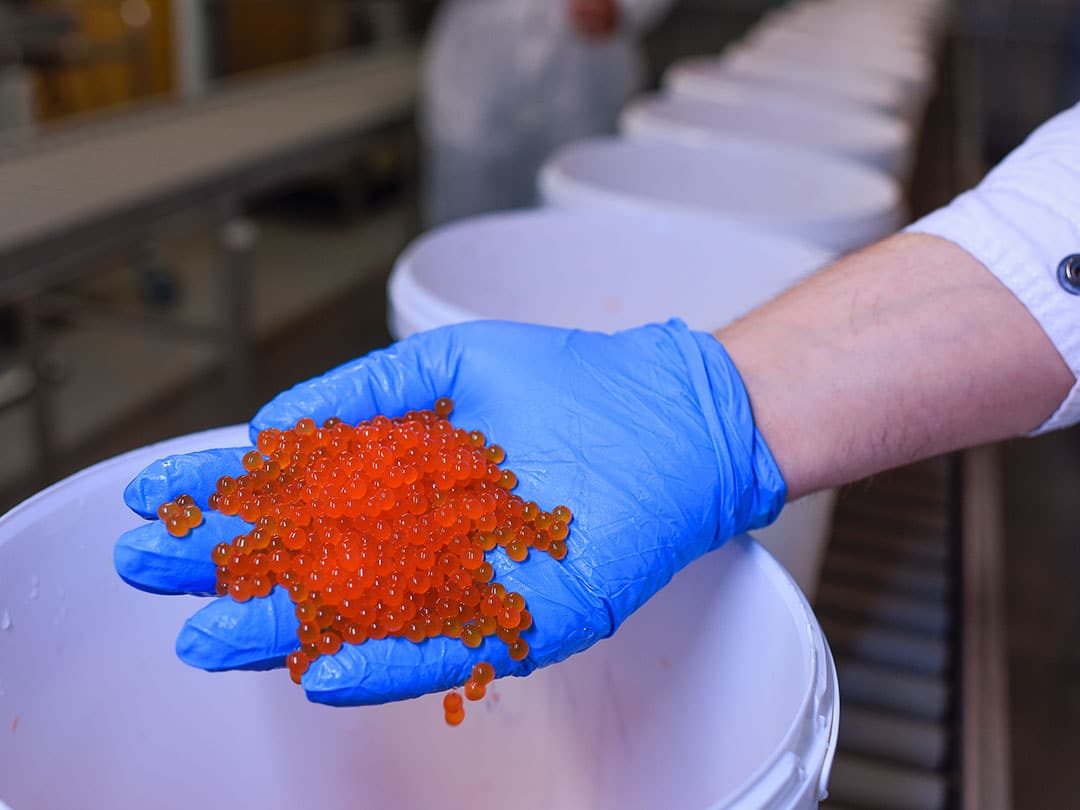
Eyed Salmon Eggs
After 25-30 days in the incubator the eggs have developed to the stage where the eyes of the salmon are clearly visible as two black dots inside the egg.
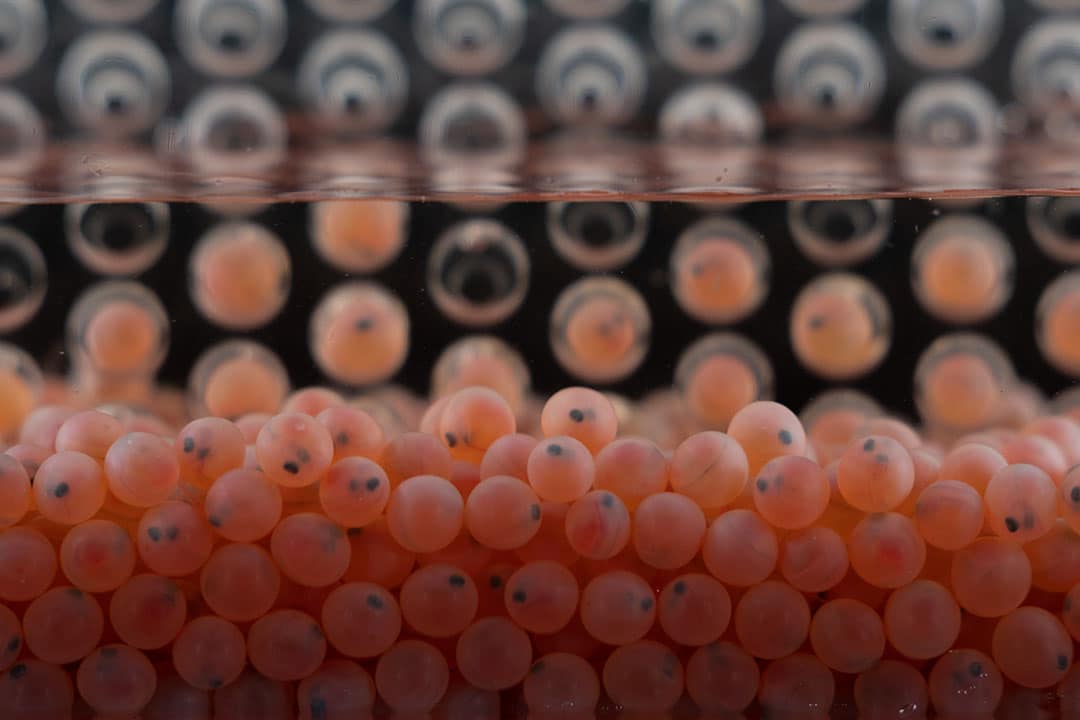
Fry
The egg hatches when the eggshell cracks open, liberating the baby fish (fry) inside. When it hatches the fry is attached to a yolk sac, which provides it with the sustenance it needs during its first few weeks of life. From now on the fish’s growth and development will all depend on temperature.
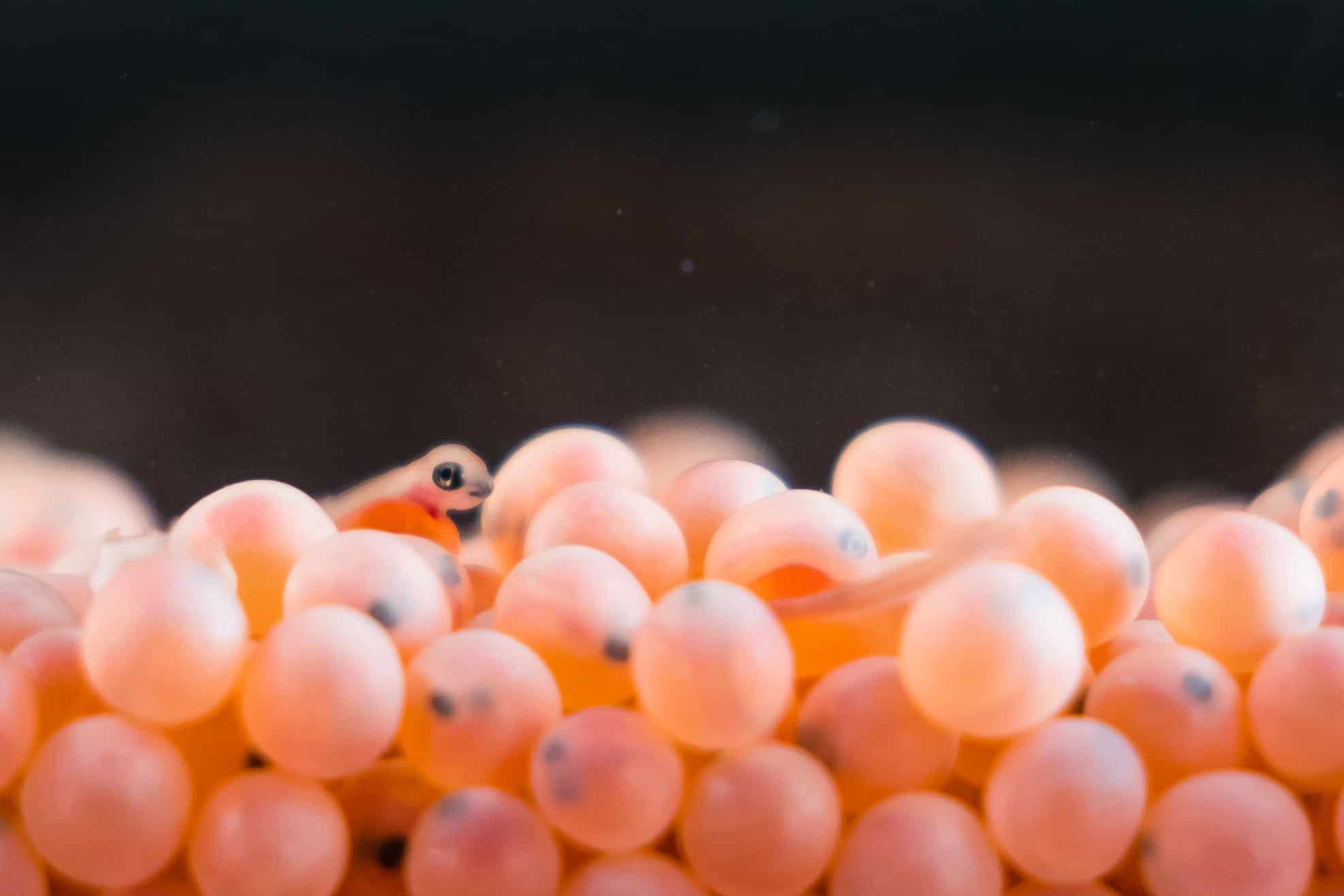
Initial Feeding
When most of the yolk sac has been absorbed, the fry can be moved from the incubator into a fish tank. They are now ready for initial feeding. The water temperature is kept at 10-14 degrees Celsius, and the fry are exposed to dim lighting 24 hours a day. The initial feeding period lasts for six weeks. As they grow the fry are sorted and moved to larger tanks. Well ahead of their “smoltification” all the fish are vaccinated before being shipped by wellboat to the fish farm’s marine net-pens.
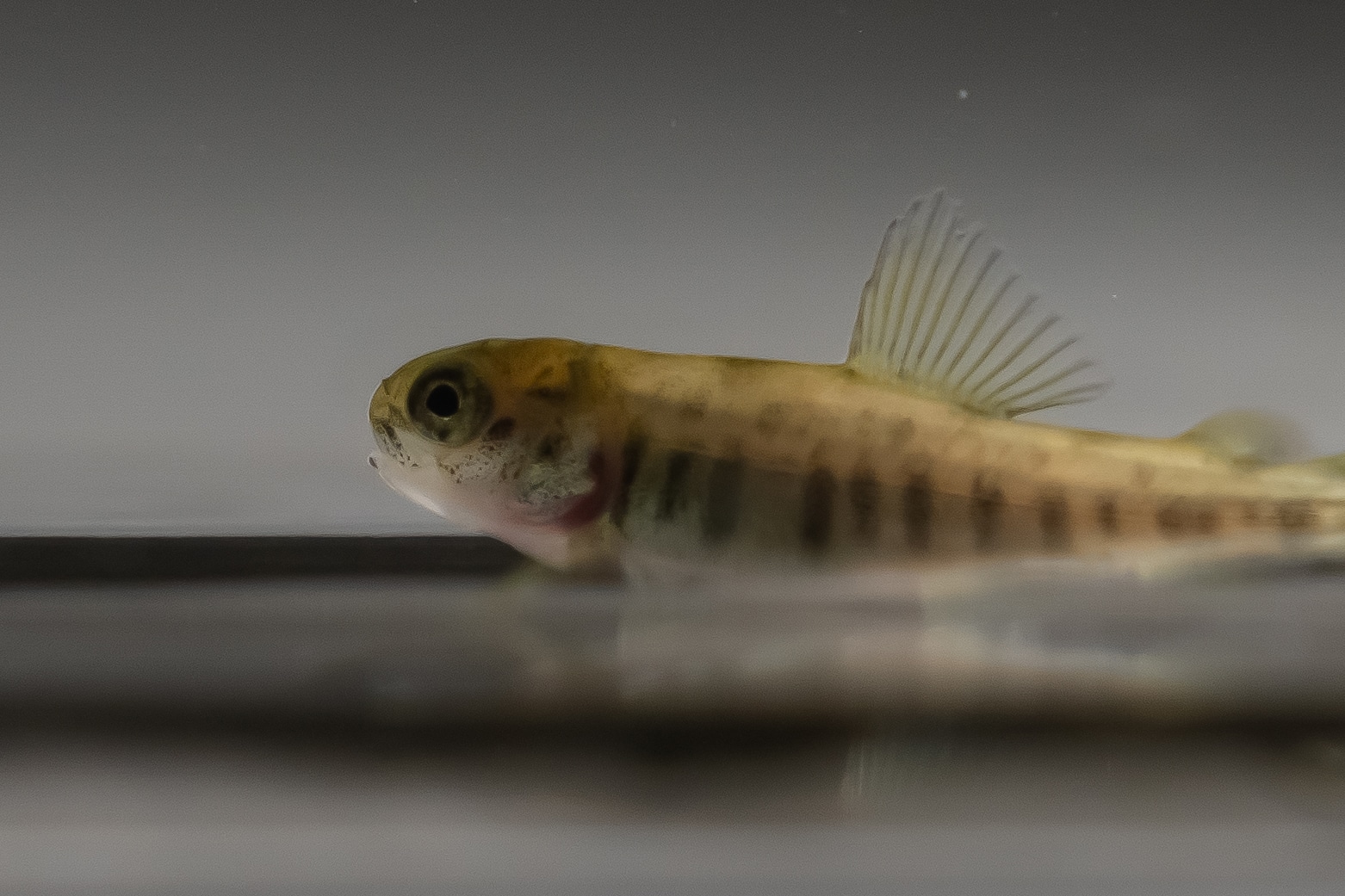
Smoltification
The process whereby the juvenile fish transition from a life in freshwater to a sea-going existence is called smoltification. During this process the fish develop a silver sheen to their bellies, while their backs turn a blue-green colour. Their gills also change when the juvenile fish turns into a smolt.
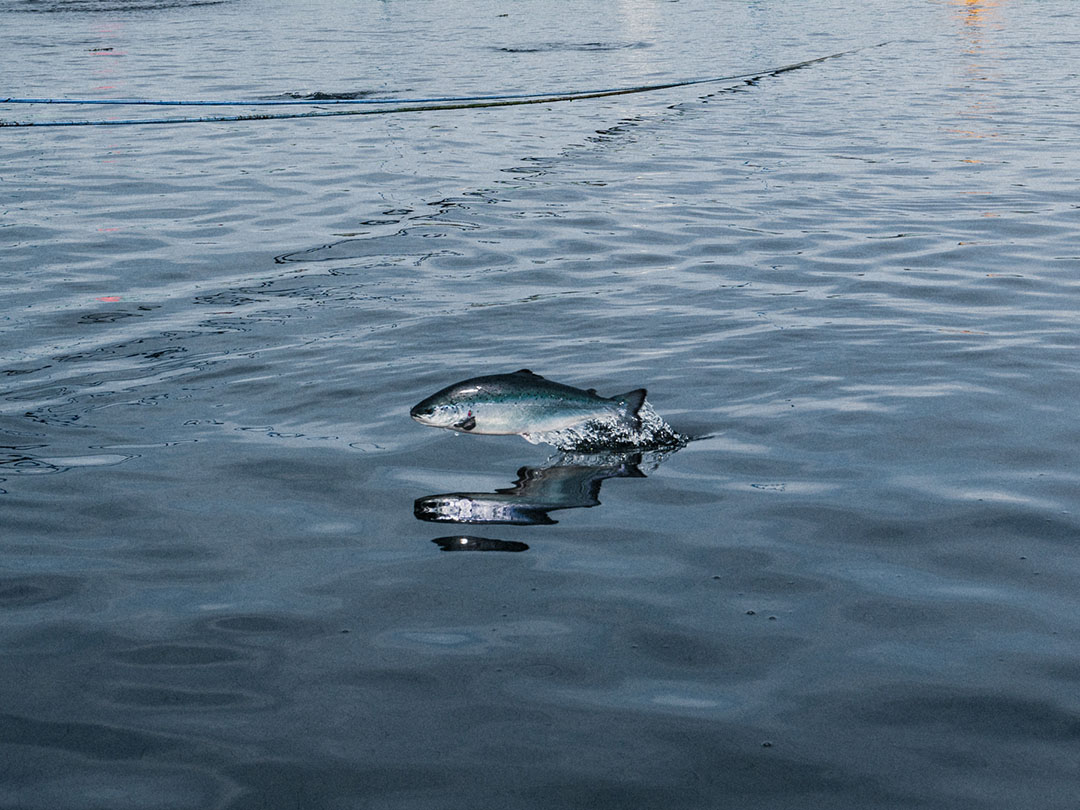
On-Growing
The farming of fish for human consumption takes place in net-pens, large enclosed nets suspended in the sea by flotation devices. In addition to a solid anchorage, net-pens require regular cleaning and adequate measures to prevent the farmed fish from escaping. Growth in the net-pens is affected by feeding, light and water quality. Here too the fish are sorted as they develop and grow.
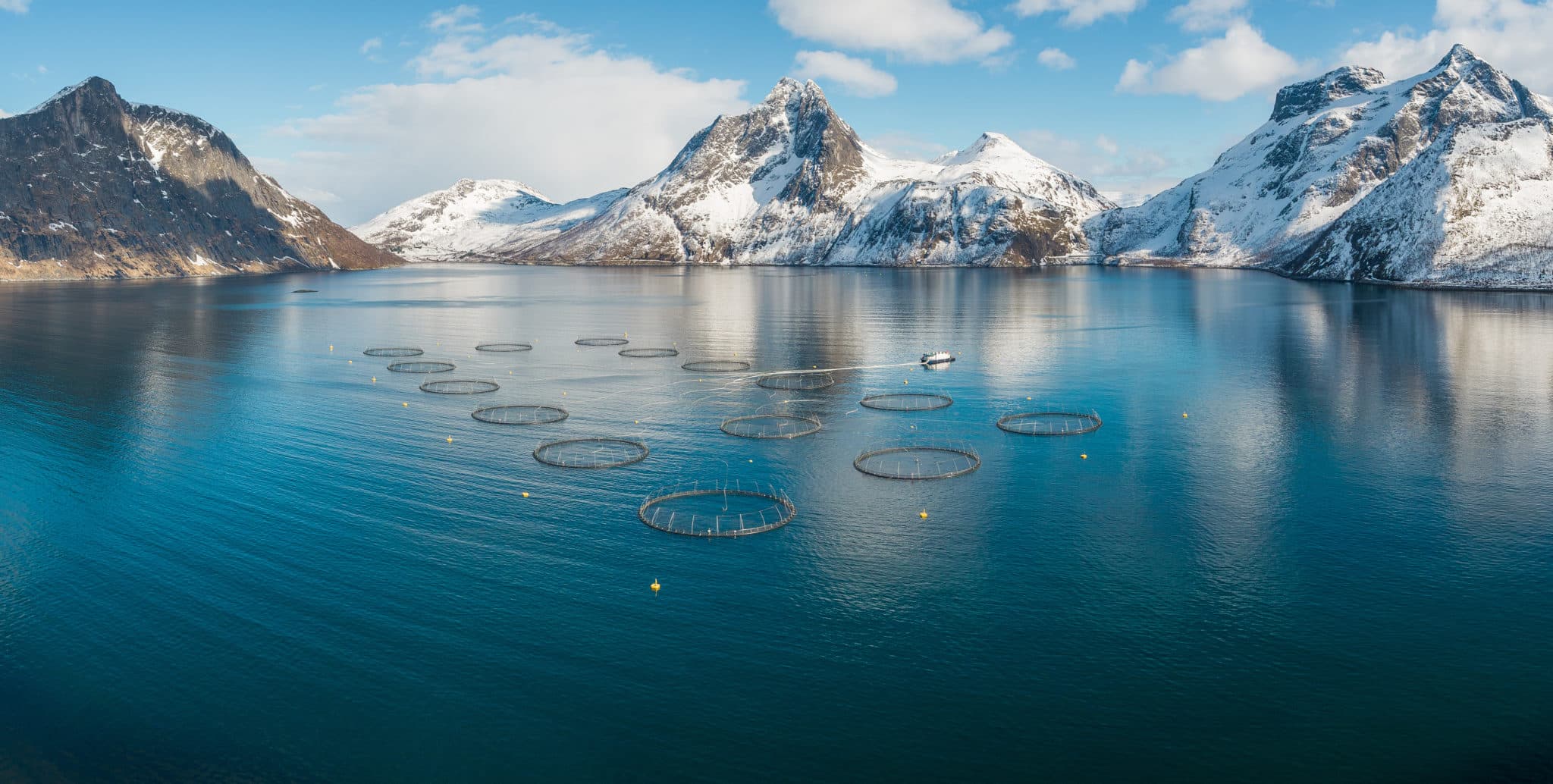
Harvesting and Processing
A year after transfer to the marine net-pens, the first fish are ready for harvesting. The fish are -transported live by wellboat to the processing plant. There the fish are kept in holding pens, before being carefully transferred to the plant itself. The fish are killed and bled out using high-tech equipment, and always in accordance with applicable public regulations. After harvesting the salmon is subject to various degrees of processing.
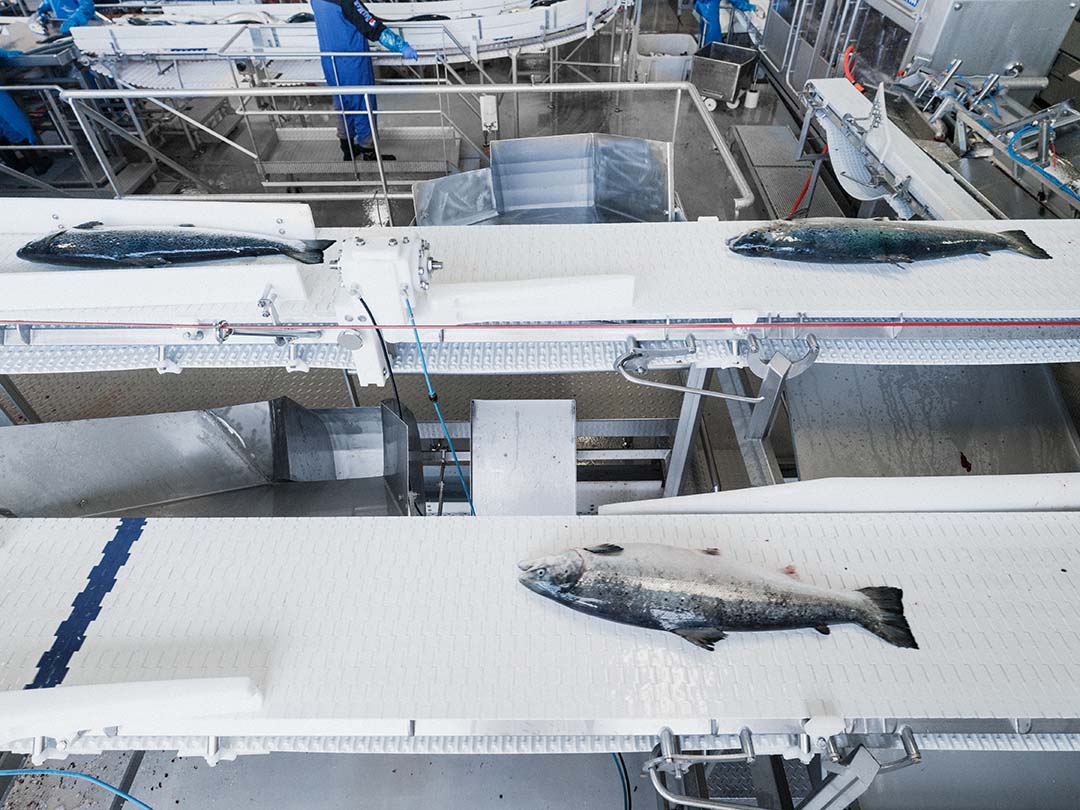
Sales
The fish is sold either as whole gutted salmon (fresh or frozen), fillets, in individual portions or a wide range of other products, which are distributed to markets around the world.
